I have an ATmega32u4 which I have configured to run its application by default at boot, and to run the bootloader (standard DFU USB bootloader from Microchip) when the reset button is pressed. I intend to use the bootloader for flashing the application using Atmel Flip.
I have the fuse bits set as follows:
And my reset circuit looks like this:
But, I found that this did not work - and the bootloader is always run at power-on instead of the application. This is a little baffling, but it gets worse...
I found that if I remove the 10 k pull-up (R441), it works as expected (the app runs at boot, and bootloader runs on manual reset).
Furthermore, I found that if I leave the 10 k installed but replace the 1 µF cap with 0.1 µF it also works.
And if I remove the cap altogether it works as well.
- Fails
- R441 - 10 k
- C166 - 1 µF
- Works
- R441 - DNI
- C166 - 1 µF
- Works
- R441 - 10 k
- C166 - DNI
- Works
- R441 - 10 k
- C166 - 0.1 µF
At first I thought the time constant with the 1 µF cap was too large, and the µController was reading the pin as a reset (active low) at boot, but that doesn't explain why it works when R441 is not populated. The ATmega32u4 has an internal weak pull-up, and using it alone would cause a much larger charge time.
I can't find the value of the weak internal pull-up in the documentation, but I estimate it to be somewhere around 50 k, based on some oscope measurements:
Probe at TP87
With R441 un-populated (and 1 µF cap):
With R441 (10 k) installed (and 1 µF cap):
I plan to go with the 4th configuration in my bullet points above (10 k and 0.1 µF), but I would love to understand why it is behaving this way. I would hate to find that it is working now, but fails to work later when fielded due to a new thermal environment or something.
Notes:
- The HWB pin is pulled to ground through a 10 k
- The HWBE and BOOTRST fuses are configured such that the application code should execute at boot unless external conditions apply: namely that reset is pulled low, sampled on the reset’s rising edge.
- The application itself has no calls to jump to the bootloader.

